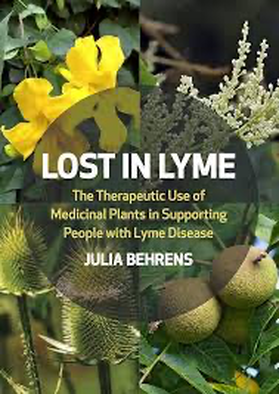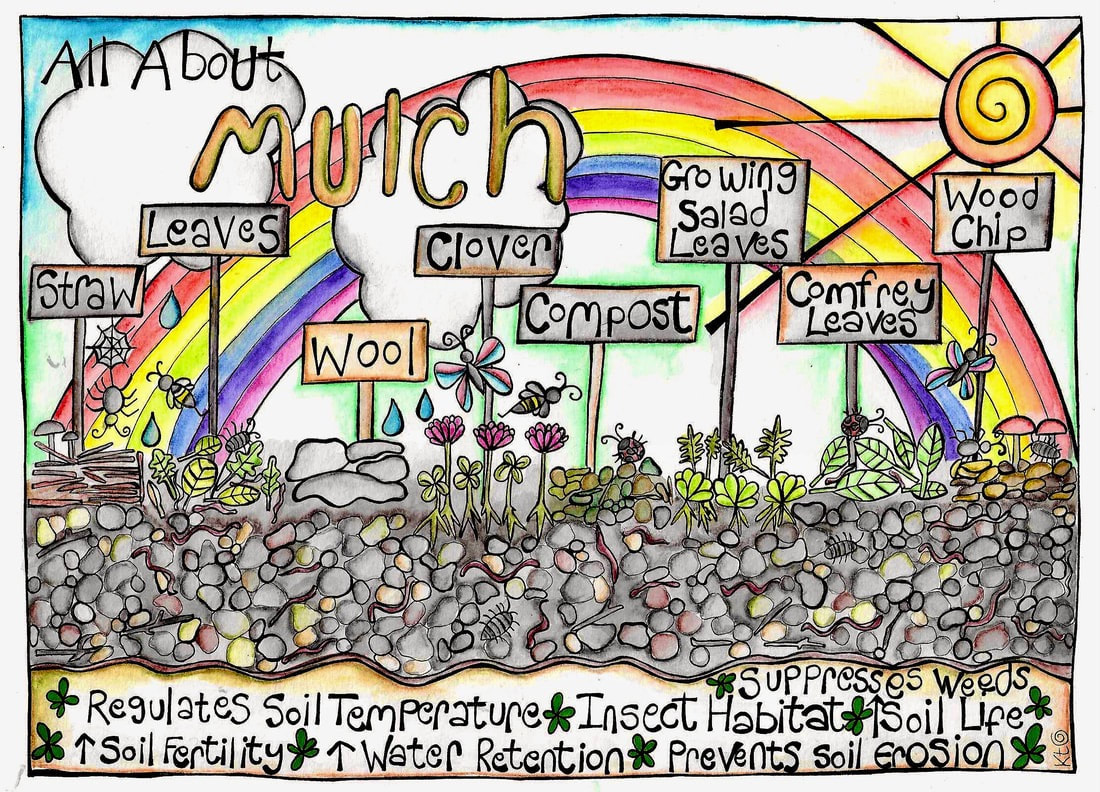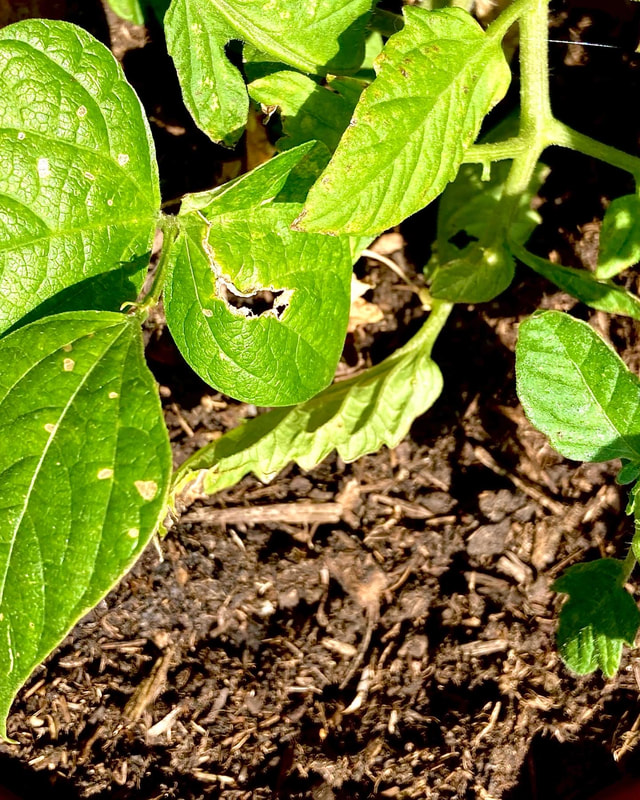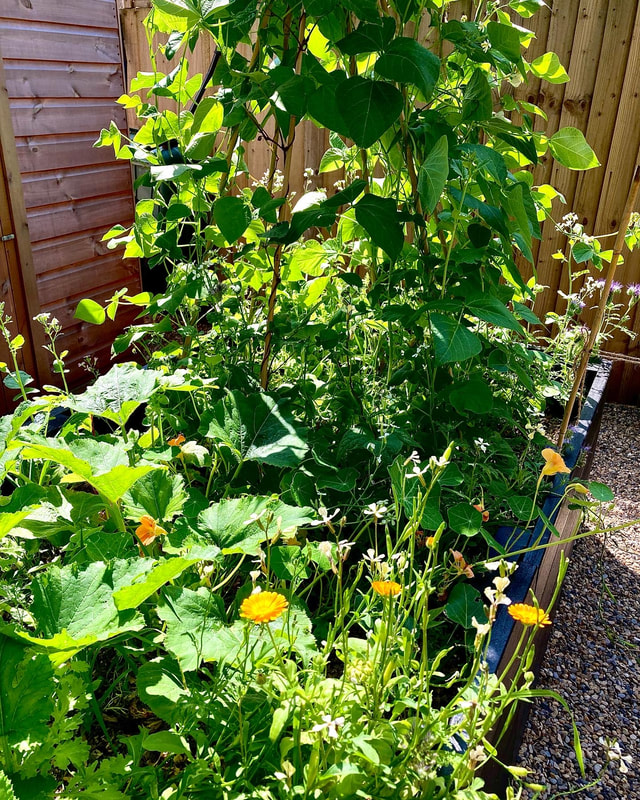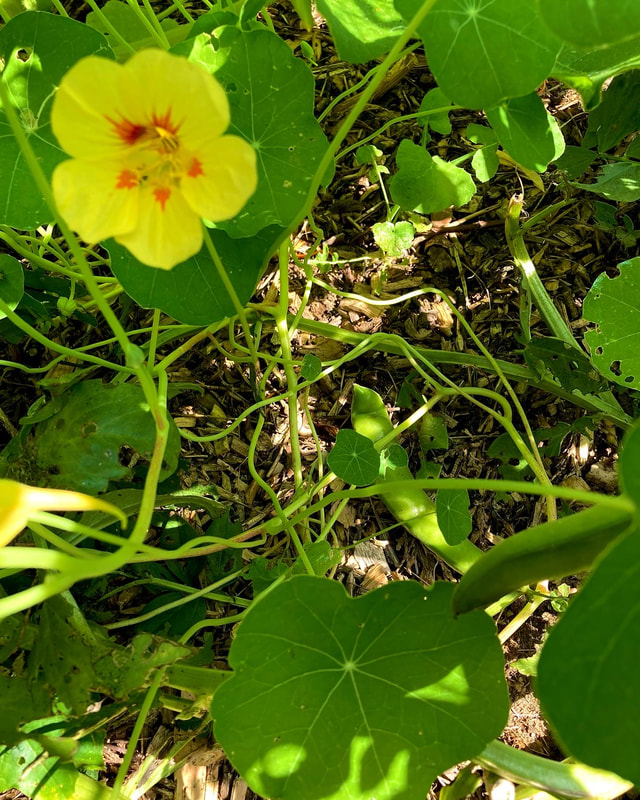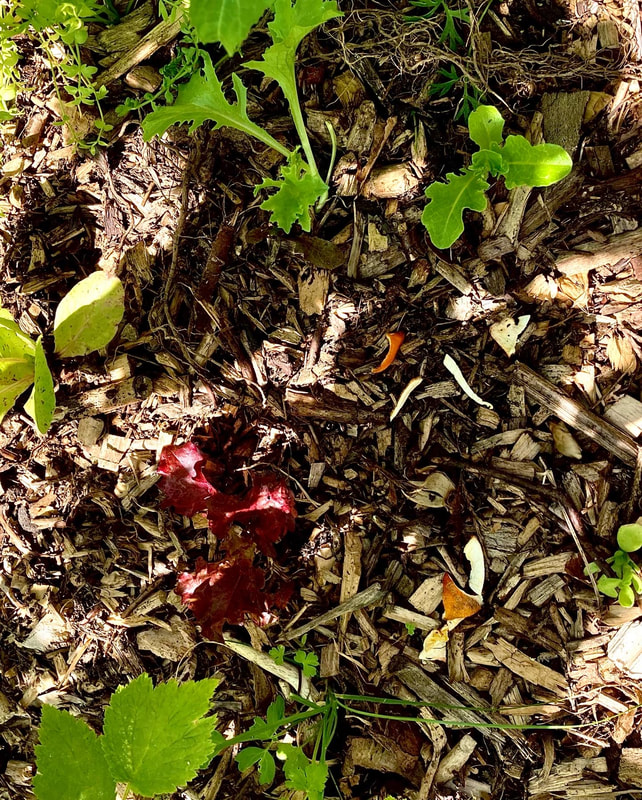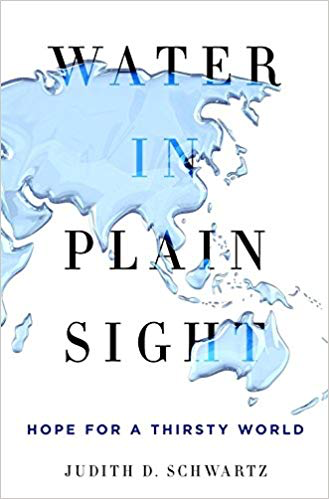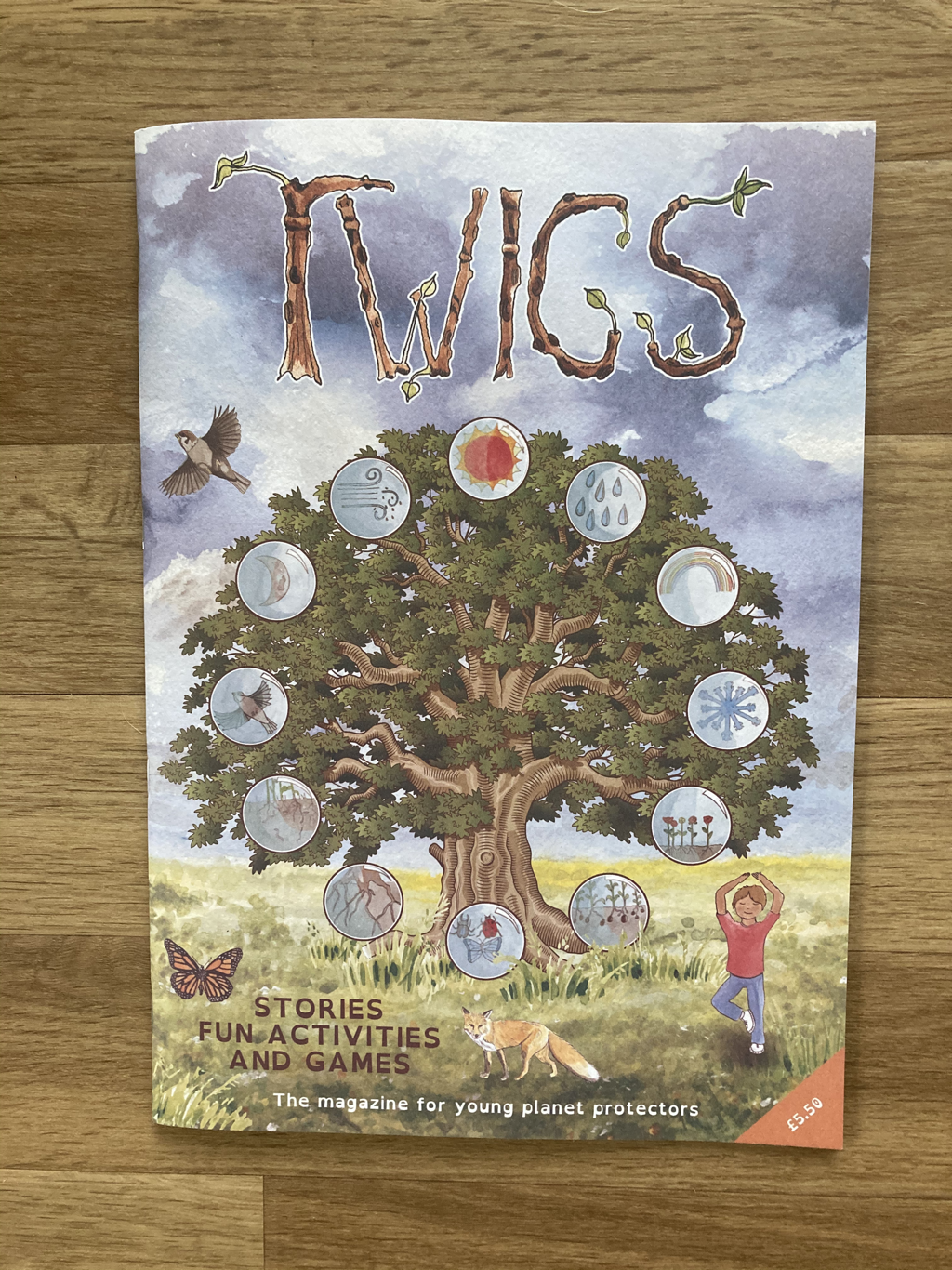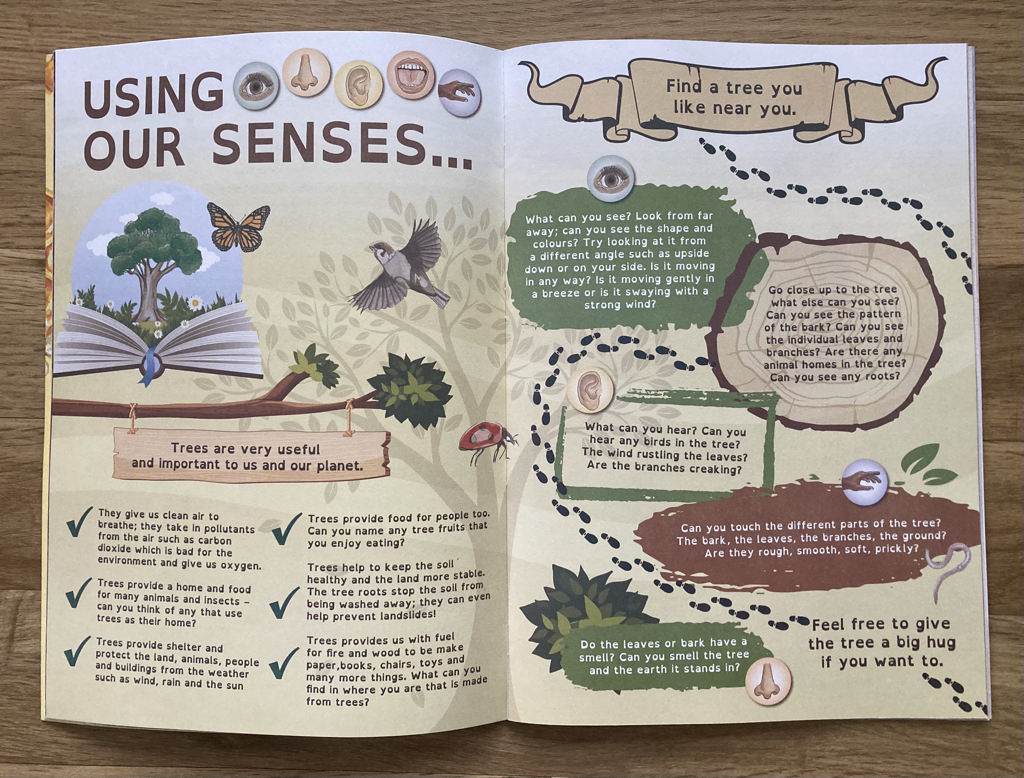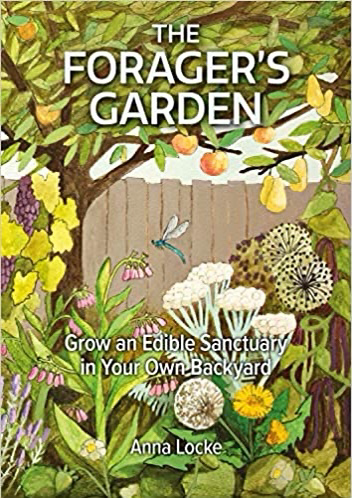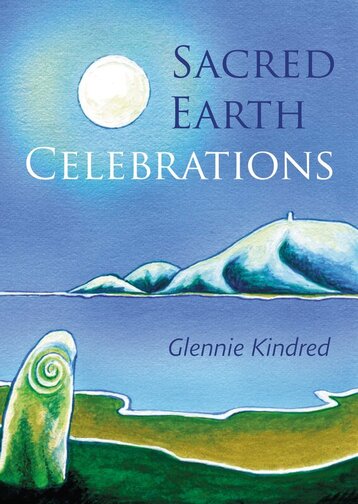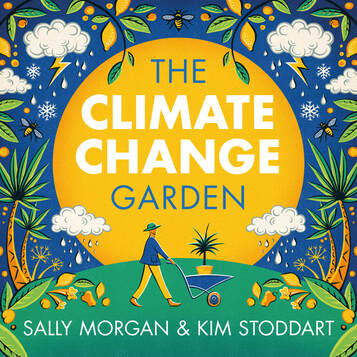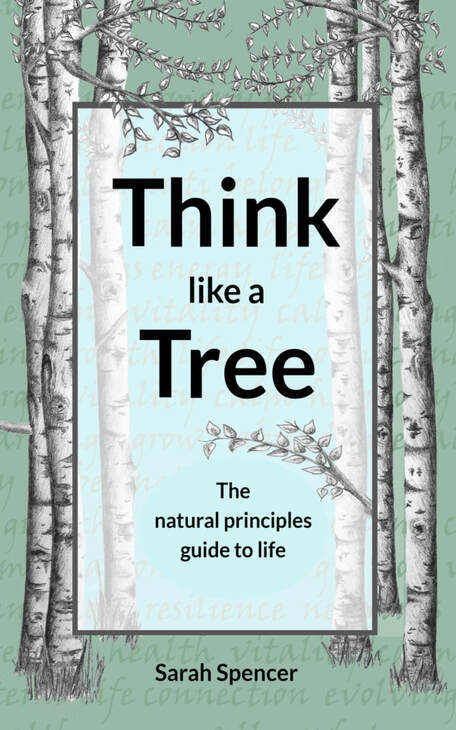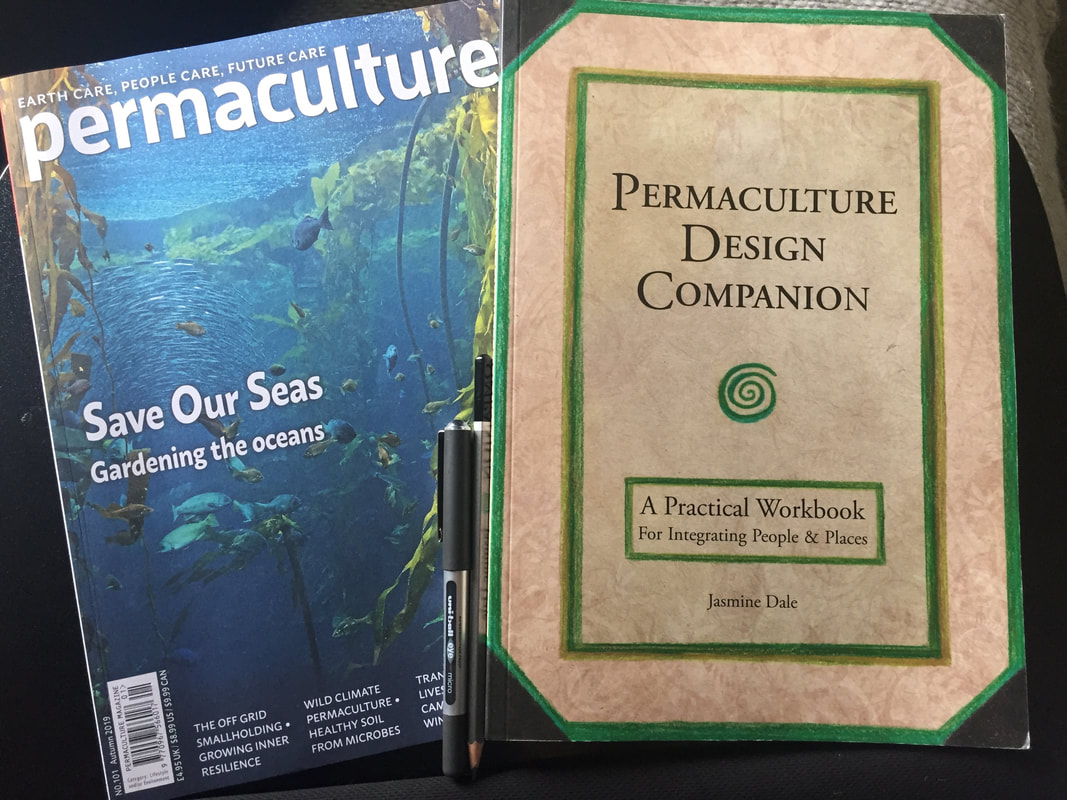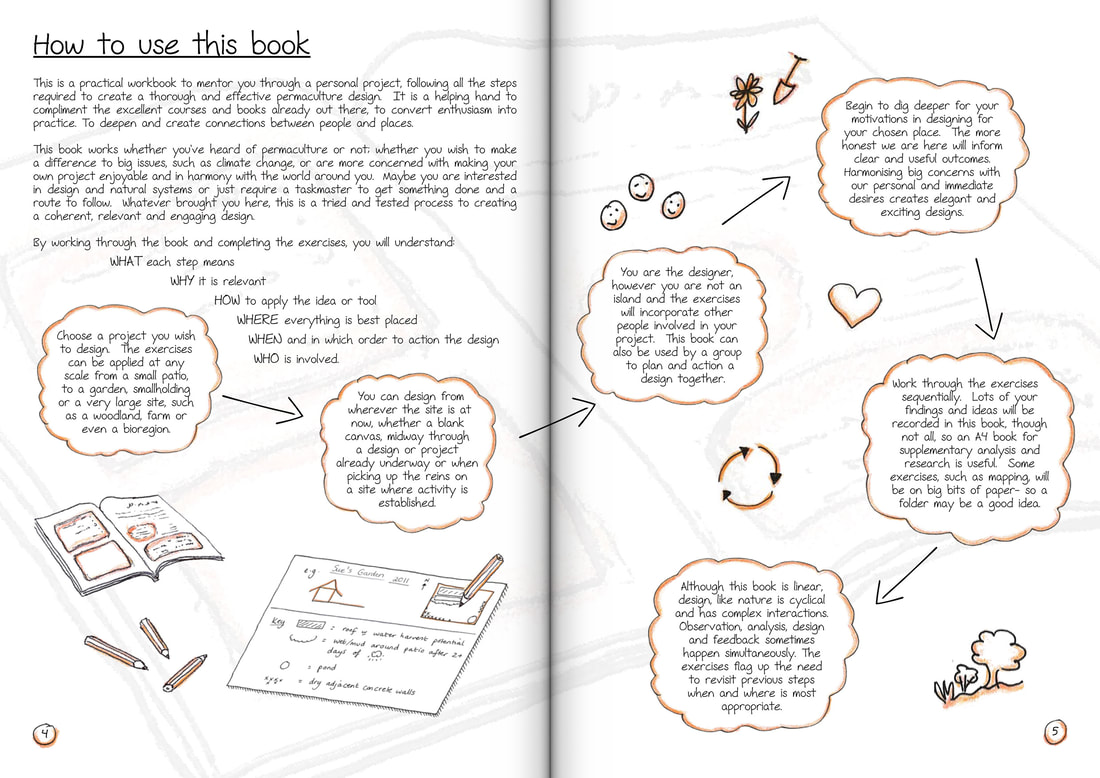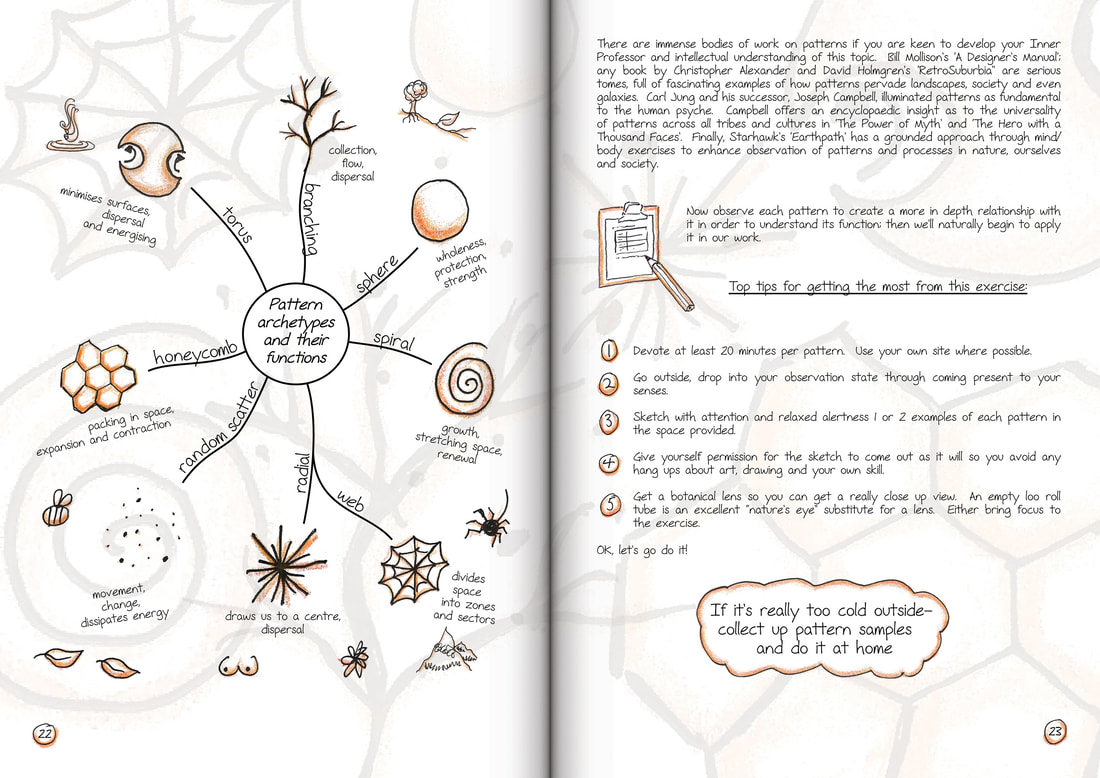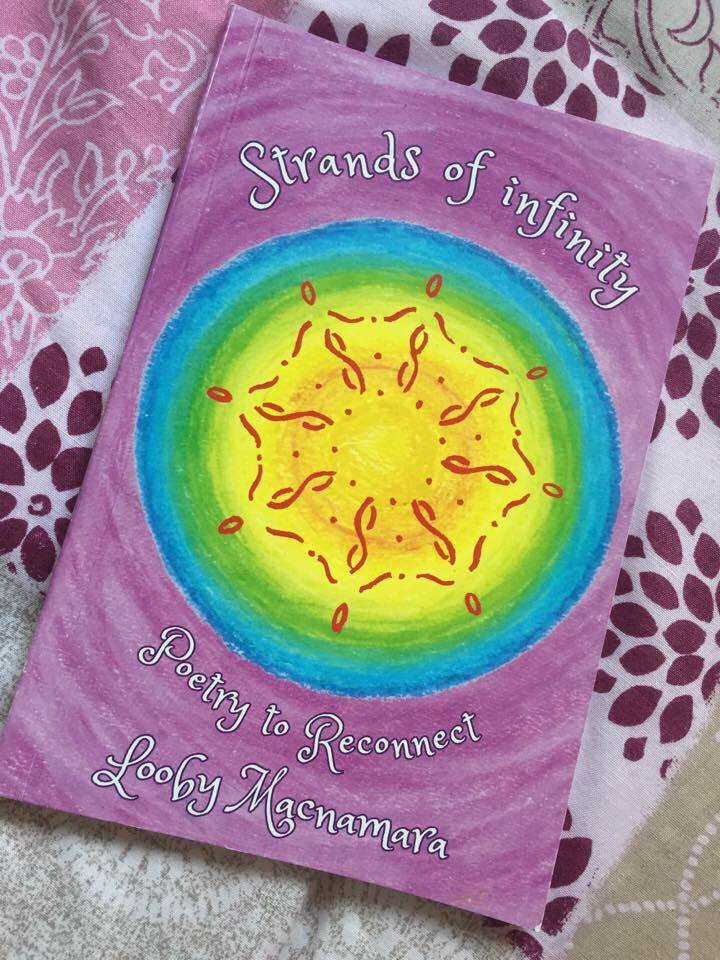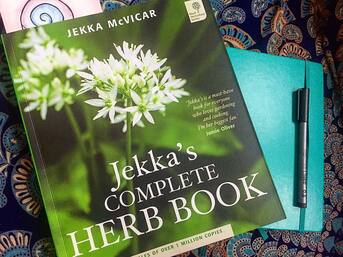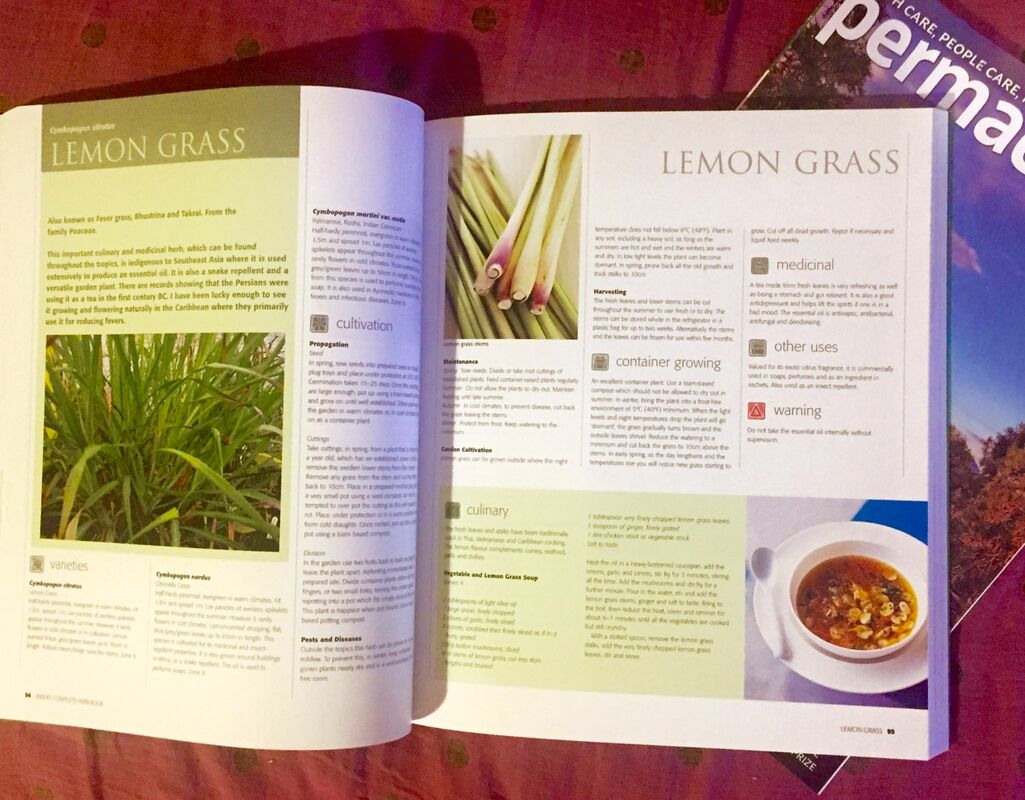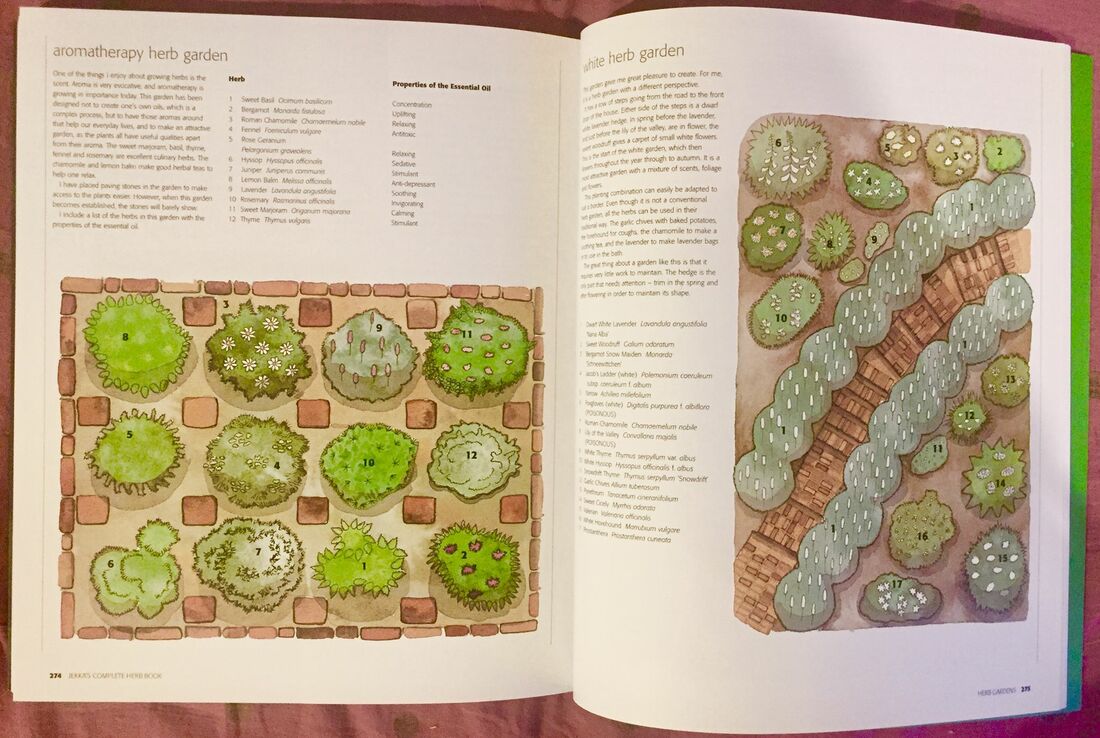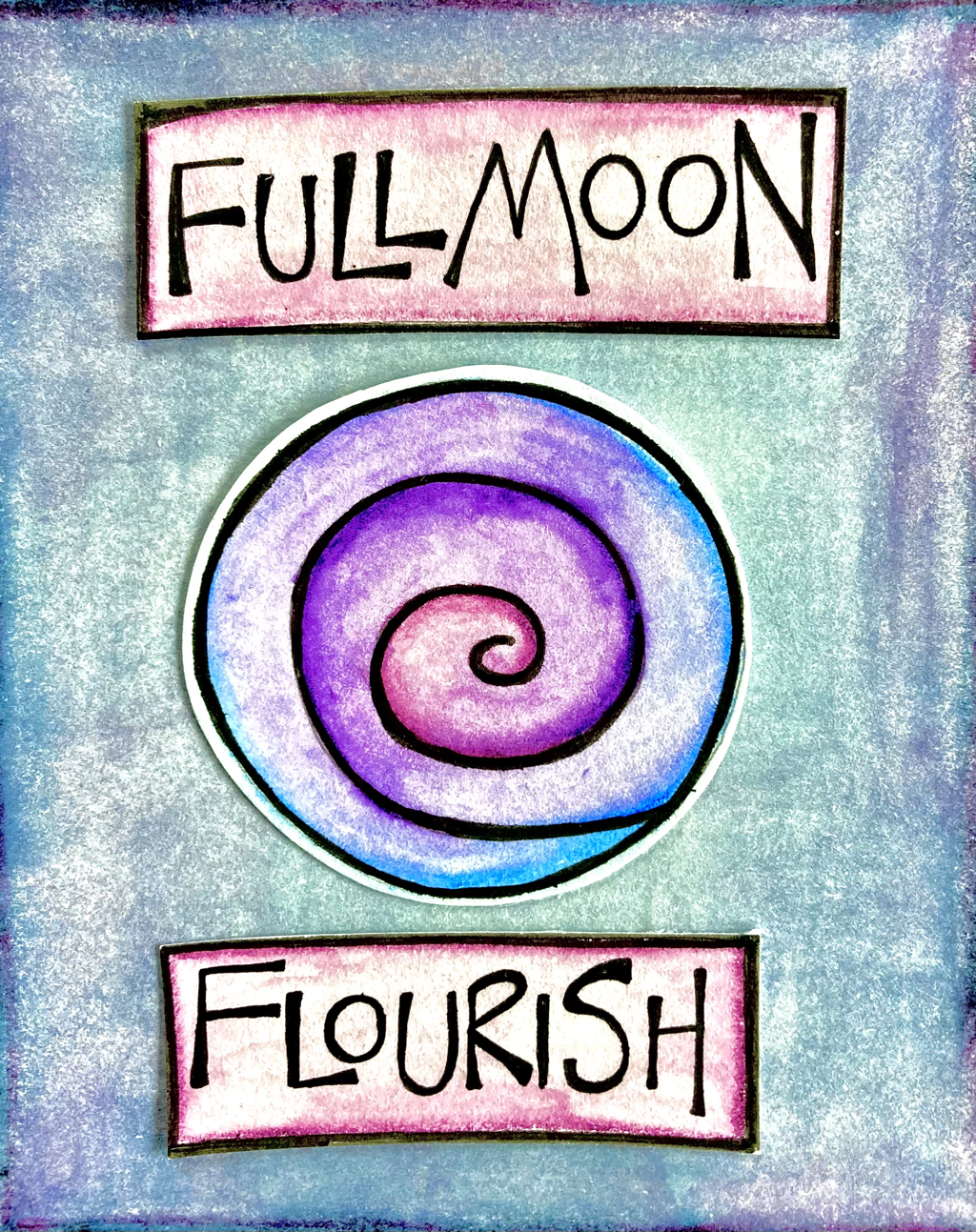Book ReviewLyme disease - Borrelia burgdorferi , is a disease transmitted to humans by infected ticks and found throughout all areas of the UK now in woodlands, fields, parks and gardens. It remains poorly understood by public health systems at a time when the number of people being infected with this multi system illness is rapidly increasing. Patients and practitioners have found it difficult to obtain reliable and effective information, test results and treatment. ‘Lost In Lyme’ sets out to address these challenges and is a welcome accessible tool to inform and empower both people living with Lyme and the health care practitioners treating and supporting them.
‘Lost In Lyme’ by extensively experienced medical herbalist Julia Behrens and chef and nutritionalist Daphne Lambert, is a new, well researched and super accessible resource and practical tool kit. Its format is clearly laid out chapters with short blocks of clear text, photos, diagrams, tables and illustrations which is a big help to those of us with foggy brains, one of the most common long term symptoms of Lyme. Behrens and Lambert’s work includes chapters on; An in-depth introduction to the disease, diagnosing and testing, medical and herbal treatments, (including using herbal treatments to support the use of lengthy courses of antibiotics treatments), plant profiles of herbal treatments, nutrition and recipes, growing herbal treatments in pots and gardens and self care. Included in the self care chapter is Julia Behren’s inspired holistic model, STEPS ( Social, Time, Emotional, Physical, Self), a tool about self awareness of concerns, needs and strengths in living with long term Lyme Disease. As I enter into my seventh year of living with a chronic Lyme Disease diagnosis I am once again incredible grateful for the recovery improvements I’ve made since the early long years of some hugely debilitating symptoms. I continue to experience some long term disabling Lyme related issues though and ‘Lost in Lyme’ is presenting me with new and easily applicable ways to start exploring different ideas for improving some of these
0 Comments
As I’m typing this The Guardian app on my iPad has informed me that the UK has just recorded its first ever 40 degrees outdoors temperature. Amidst this horrific news and the fact that here in the Aire valley in Yorkshire my garden currently feels like midday in August in Andalusia, my system of mulching the raised beds and pots in my edible garden, gives me hope. Not a lot, but enough. My infographic above includes some of the main functions of mulching soil. It’s so beneficial and over the last few days it’s capacity to keep water in the soil has been amazing to witness. I’ve been watering gardens belonging to two different friends over the last couple of weeks and the difference in watering needs between their mostly unmulched growing spaces and my own, have been huge. I’ve been assessing the watering needs of my growing spaces at 5am and 9pm for the last week. Some of the smaller pots have needed watering each day, especially those naturally water vulnerable plants, for example courgettes and young lettuce with their shallow roots. The larger pots have been watered alternate days and the raised beds just once in the last week. In all of these containers the soil just a couple of centimetres below the mulched surface was at least damp at each check. I’ve been especially impressed with the conditions in the raised beds as these are made from the increased heat storage capacity of recycled black plastic. I’ve used 3 different types of mulch - wood chip, partially composted homemade compost (carbon dense with pine shavings from guinea pig bedding) and plant living mulches. I haven’t been organised enough to do any controlled comparisons about the performance of each one, but in general they all seem to be fairly equally effective. For information about much larger scale solutions focused work about the water on our planet, I can very much recommend investigative journalist, Judith D Schwartz book, ‘Water in Plain Sight’ - I wrote a review about it here
It’s been such a pleasure to help behind the scenes with the creation of Twigs “the magazine for young planet protectors” by Twigs’ creator, my lovely talented friend Clare Carney . The first edition is now available to buy via the Twigs Website where you can also find out how permaculture ethics and principles have been used in the design of this beautiful project. “Twigs is aimed at children aged 4 years and upwards and will help children and families connect with nature, and through compassion and love, help them create a sustainable and positive future.” Twigs includes -
Book ReviewI’ve been really looking forward to reading this inspiring sounding new book from permaculture focused garden designer and educator, Anna Locke. And it hasn’t disappointed.
Anna has taken the concept of forest gardening and created a beautiful, engaging resource to teach and empower us to design perennial based foraging gardens where humans and non-human beings in nature can flourish. Her decades of knowledge and experience of connecting people with natural environment through garden design shines through every chapter of this very accessible book. The Forager’s Garden takes us through a simple design process to grow ecological, wildlife abundant gardens. It’s a book about planting whole ecosystems on any scale, for community, private and guerrilla gardening projects. Anna’s work isn’t designed to compete with traditional vegetable and fruit growing but to compliment it. Yes, we could redesign whole gardens or community plots as foraging ones, but equally, creating small perennial plant spaces in gardens with annual edible or flower growing areas too, can also develop conditions for nature, (including humans), to thrive. With clear, jargon free text, gorgeous illustrations, diagrams and photos alongside regular prompts for applying the information presented in each chapter to our own garden design, this book will suit gardening novices alongside those of us who like to learn and learn again especially from new authors and artists. The Forager’s Garden leans to a focus on UK climate and includes chapters on; Defining what a foraging garden is; Designing for resilience and long term; How to plan your garden; Information for beginner gardeners; The benefits of including diversity in the different elements of garden creation; The use of trees in a forager’s garden; Embracing the use of plant guilds; The creation of ecological stability and abundance through creating multiple layers in a garden; Plant choices, Implementing and maintaining your garden design; How perennial focused foraging gardens or spaces in gardens, can be used in different spaces, for example, allotments, container gardening and gardening undercover or on windowsills. The book also contains an excellent “Plant finder” with lots of clear information about many common and some less so, plants that can be used to create a beautiful, successful garden space to forage from. Anna skilfully weaves ecological principles throughout the abundance of knowledge, ideas and personal garden design experiences in her book. People with some prior understanding of permaculture will also recognise the permaculture ethics or values of Earth Care, Fair Shares and People Care at the core of The Forager’s Garden. The chapters skilfully link low budget, low maintenance, edible garden design to the bigger pictures around food security, wildlife habitat regeneration and community building Though many of the garden design stories in The Forager’s Garden span over several years, Anna wrote this book against the backdrop of the last 18 months when both increasing public awareness and motivation about the urgent need to address climate change and the surge in numbers of people who started growing their own food for the first time as the COVID 19 pandemic became realities in our communities. It’s timely publication will be an important tool to use in individual household and community scale projects, as part of wide scale solutions focus for both of these global scale truths. I wholeheartedly recommend The Forager’s Garden for us all. The Forager’s Garden by Anna Locke is available from Permaculture Market Book reviewSacred Earth Celebrations is the revised and updated version of Glennie Kindred’s bestselling book, Sacred Celebrations. Whether you are someone who is new to learning about Earth-based spirituality and living, or whether it’s already fundamental to how you pass through the cycles of our existence and Glennie’s book can truly enhance and deepen your experience of how to meaningfully celebrate and honour the cycles of the Earth.
Sacred Earth Celebrations is divided into three parts: ‘The Wheel of the Year’ introducing the Earth’s year through the solar cycle and the connections with the rhythms of the moon; ‘Celebration, ceremony and ritual’ with lots of ideas for individual or group events; and ‘The eight Celtic festivals’, where each of the quarter and cross quarter festivals are explored in detail. This includes how the festivals were understood and celebrated in the past, the underlying energies they hold, and how we can use this experience and flow to create our own meaningful rituals and celebrations now. As with all Glennie’s books, Sacred Earth Celebrations is filled with the most beautiful drawings and charts alongside perfectly selected poetry by others. All this gives the reader opportunity to pause, reflect, plan and perhaps meditate at the natural breaks in the text. Glennie’s book includes an abundance of ideas of how to engage physically, emotionally and spiritually with the cycle of Earth celebrations, including: celebrating on our own, in small groups, in our community, creating Sacred Spaces, activities with children, interacting with our gardens and other land, creativity through song, dance, art, craft... It’s like having the best box of tools. Glennie very much encourages our celebrations, ceremonies and rituals to reflect our own individuality and unique life circumstances. I finished the book feeling empowered by the range of ideas but also in the knowledge that following my own inspiration is incredibly spiritually regenerating and connecting too. For those who use The Earth Pathways Diary or have read Letting In the Wild Edges, also by Glennie, this is the perfect accompaniment, furthering and enhancing the ritual and celebration elements of both. I love this book. I’ve just read it from cover to cover, but like Glennie’s other books, it’s going to be one that’s at hand for the year round to read, absorb and utilise the relevant sections, as the Earth turns. This book review is also published in Permaculture Magazine October 2014 Book ReviewThe Climate Change Garden published just last year, is my first complete read of 2020 and part of the research planned for my new garden design.
As well as being an author of a wide range of books, Sally Morgan is also the editor of the Soil Association's Organic Farming magazine. Kim Stoddart runs climate change gardening courses, is a gardening journalist and the editor of The Organic Way magazine. The two authors clearly have a great wealth of knowledge and experience in all matters relating to garden design with our rapidly changing climate in mind. Overall The Climate Change Garden is a comprehensive and engaging overview of some of the main ways that climate change is, and will continue, to influence how we garden in the UK. The book has lots of inspiring photos to back up the very accessible format text. The key topics each have their own chapter; Too much water; Heat and drought; Wind, frost and snow; A healthy soil; Design Ideas; Working with wildlife; The veg patch; In the orchard; Trees for the future; The flower garden - and there is a useful appendix of extra resources. Each chapter contains relevant background and history alongside many ideas for garden design choices and plans. In my opinion, The Climate Change Garden is a great book for folk new to gardening as well as others who would welcome a reminder about some of the key issues relating to climate challenges in the designs and creations of our growing spaces. While the book isn't an in depth "how to garden" book, it firmly plants many specialist seeds of inspiration to be furthered by accessing additional resources. The Climate Change Garden is a very welcome addition to my land based permaculture tool box and already a central part of the first steps of my new garden design. Book ReviewHaving followed the journey of Sarah Spencer’s course, workshops and training about using principles from nature, tress specifically, to navigate and thrive in our lives, I was really excited when I found out that she was also writing a book about the same topic. And I’ve not been disappointed. Think Like a Tree, the book, is a beautiful and incredibly informative tool for us all.
The 42 short chapters are brimming with examples of trees from many parts of Earth, alongside every day case studies and ideas of how the nature principles taught to us by the presence of trees, can positively impact on our lives as individuals and within our communities. Each chapter covering one principle, are divided into 6 Groups – Observation, Purpose, Surroundings, Connection, Resilience, Future. There is a lot of information for each principle, as well as some really thought provoking exercises to undertake. I really enjoyed reading about 1 principle each evening and I can recommend this approach in order to take time to absorb and reflect on the details presented. Sarah’s work with Think Like a Tree has been very much linked to her life through living as well as possible with Chronic Illness. This theme is evident throughout the book and means that Think Like a Tree could be particularly useful to others in similar situations. Sarah claims that “Nature holds the secret to your happiness, health and wellbeing - Think Like a Tree guides you to discover your own personal route to happiness, health, success and fulfilment – whatever your circumstances” – and I agree that this part ecology, part sociology, part history and part self coaching tool lends itself to being a useful and meaningful book for a diverse audience. Think Like a Tree can be bought directly from Sarah at https://www.thinklikeatree.co.uk/product/think-like-a-tree-book/ Book ReviewThe Permaculture Design Companion by Jasmine Dale is a very beautiful new permaculture resource, in many ways. Based on Jasmine’s 20 years of experience of teaching and mentoring over 1000 permaculture students from her home at Llammas Eco Village in Wales, her book is a brimming treasure chest of diverse permaculture design tools, process and principles. The Permaculture Design Companion itself is designed to be a workbook and literally a companion to guide and mentor us through a personal permaculture project. Although this is one of the main intentions of the book, I can already see how the individual sections as stand alone topics will be incredibly useful for many of us too. Jasmine’s written communication style is chatty and fun, while consistently demonstrating her obvious in-depth diverse knowledge and experience both as a permaculture designer and teacher. The physical layout of the Permaculture Design Companion is something that I immediately connected to with it’s A4 size, relaxed font, and its many, many gorgeous diagrams, illustrations and spaces to make notes throughout.
The book is very much focused on using permaculture to design land based/physical projects but one of its many pluses is how it consistently weaves the connection of people involved to the physical space of the design. I particularly like the section about making sure that our wellbeing as the designer of the project is well supported and valued as being central to a successful design. The Permaculture Design Companion is aimed at both folk who are brand new to permaculture and also to more experienced practitioners, and I whole heartedly agree with this. Having quite a few years of permaculture design experience now myself, I continuously learnt about new ideas and approaches to the many aspects of permaculture design, as I read and engaged with the exercises. The Permaculture Design Companion is yet another fantastic new book from Permanent Publications and like so much of their work, would make a wonderful present and life tool for ourselves and the people we connect with. I’m going to be starting a new garden design within the next few months and really looking forward to testing out this fantastic new permaculture resource throughout the process. If you decide to buy this book then please consider buying directly from the Permaculture Market, (where there is also loads of other fantastic permaculture related resources to inspire you!) This book review is also published in Permaculture Magazine Autumn 2019 (PM 101) Book ReviewStrands of Infinity is a beautiful collection of poems from Permaculture Designer and teacher Looby Macnamara. (and one poem by her daughter Teya), written over recent years. Subtitled "Poetry to reconnect", this is exactly what this powerful writing does. Connecting the personal, political and spiritual we are encouraged to explore how these intertwining threads manifest in our own life journeys. The poetry in this book is inspirationally written for both sharing at events and gatherings, alongside our own personal reflection. With themes such as "Change the story", "Gratitude as Attitude," "This Woman is Rising" and "Will Humankind Survive", Looby's poems are wonderfully accessible on many levels to a diverse audience. I can strongly recommend Strands of Infinity as a tool for our present and our futures
Book Review One of my visions/aims for this year is to increase my knowledge about herbs. How to grow them, preserve them and use them for treating illness and improving health and wellbeing. I became really inspired by the work of Jekka McVicar a few months ago when I listened to an episode of BBC Radio Four 's The Food Programme about her. And reading a book written by Jekka seemed a very obvious first step for me and my learning. Jekka's Complete Herb Book, published in association with the Royal Horticultural Society, is a beautiful work of reference. 150 different herbs are presented in two page spreads and include; the common names, various species, history, cultivation, propagation and harvesting. And then for each herb medicinal, culinary and wellbeing topics are detailed in a really accessible way. I've set myself a task of learning about a different herb each day, and it's already becoming a lovely and productive part of my mornings. The book also has sections on harvesting, preserving, making natural dyes common pests and diseases relating to herbs, a comprehensive yearly calendar and my big favourite...a gorgeous twelve page section on herb garden design, (including growing herbs in pots/containers). I wholeheartedly recommend this book. I would say my knowledge about herb growing and use, is pretty patchy and fairly close to the beginner stage of understanding, application and confidence. Jekka's Complete Herb Book with its easy layout and stunning photos and illustrations already feels like it's going to be the ideal tool for my learning and my enjoyment of that learning. It's the kind of resource that would make a great present too. I've linked the book to the hugely dominating seller of all things online, but as ever, if you can, get your local bookshop to order a copy for you and know you've supported a business in your community where each sale matters.
|
Welcome to my blog. Here I aim to share everyday examples of how permaculture can provide healing and regeneration for ourselves, our communities and our planet.
Search My BlogSign up for my monthly newsletter, Full Moon Flourish. Here I will be sharing updates about my creative permaculture projects, plus links to inspiring work from other women in permaculture.
Archives
May 2024
Categories
All
|
